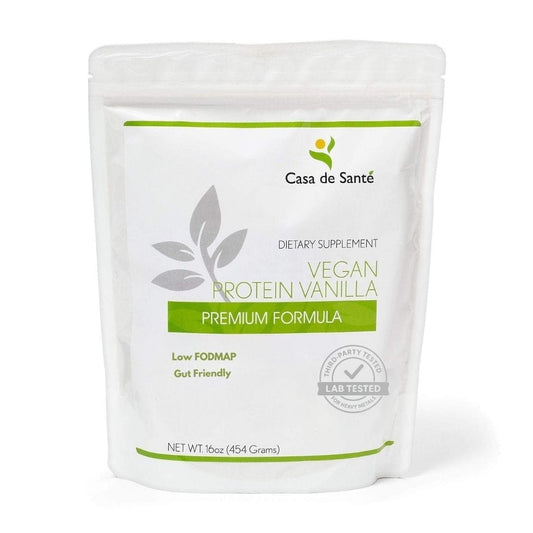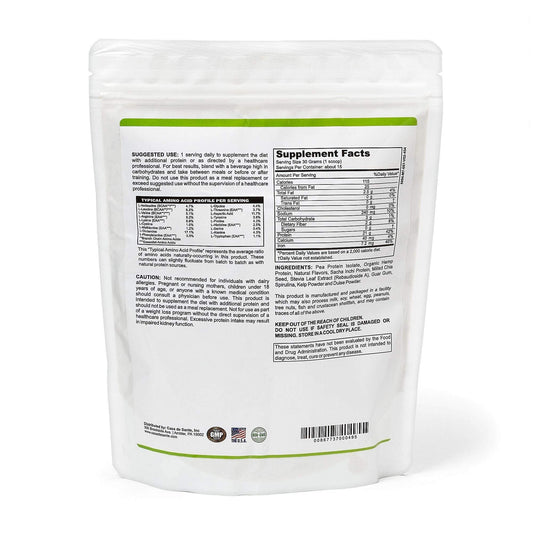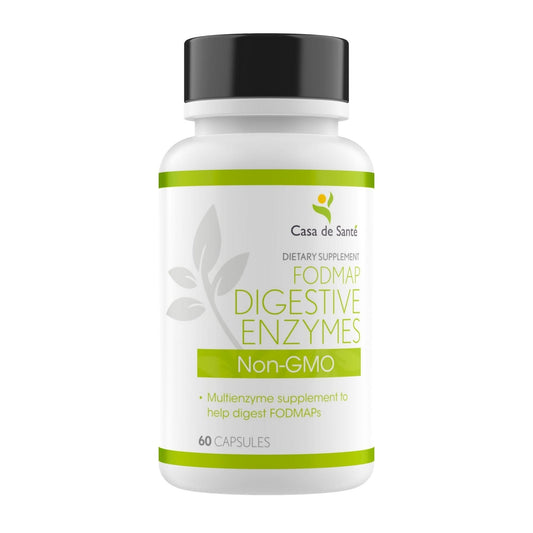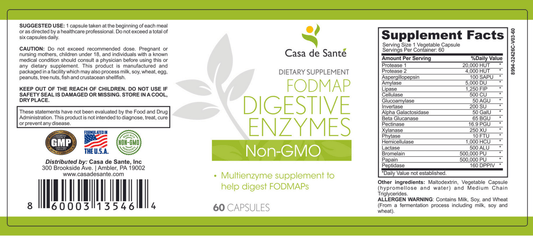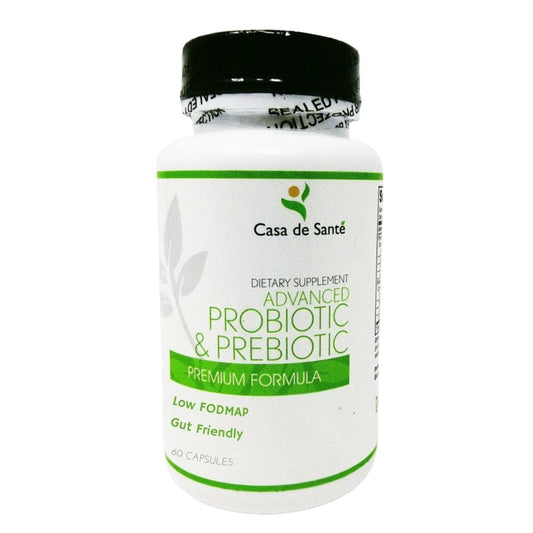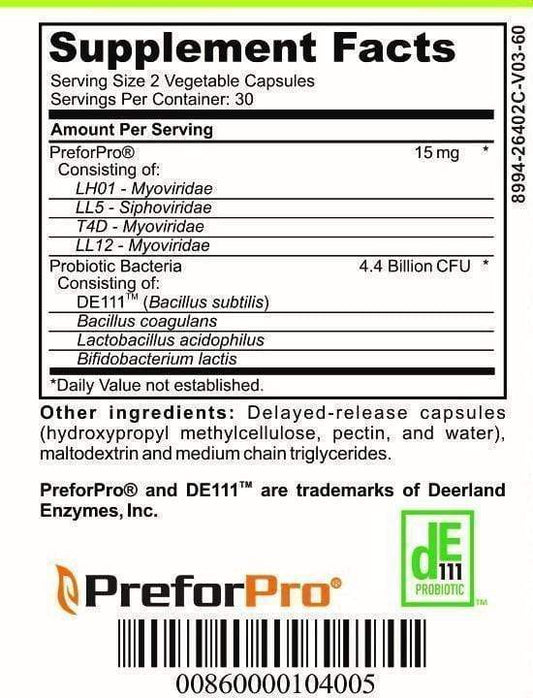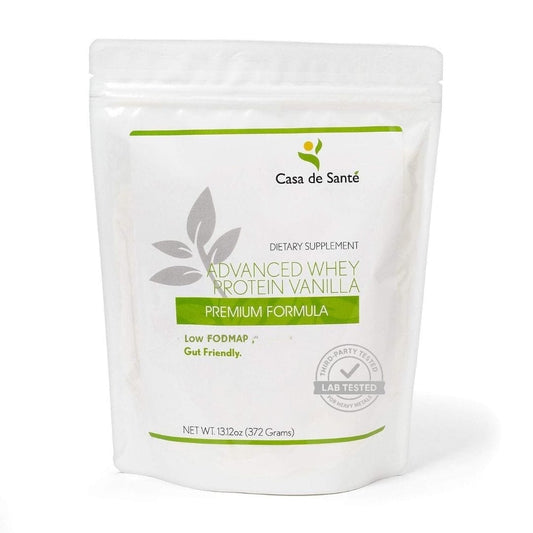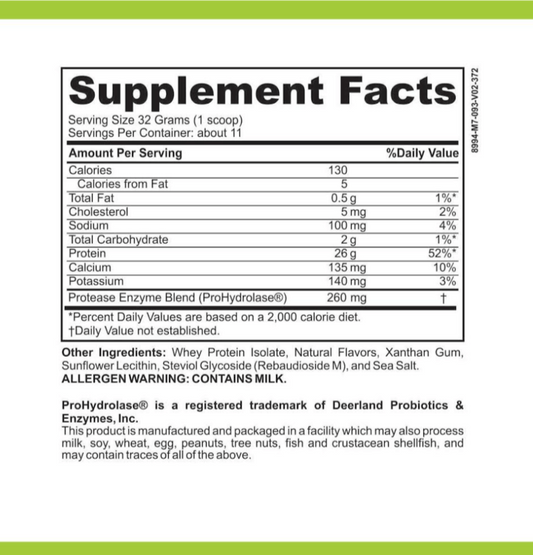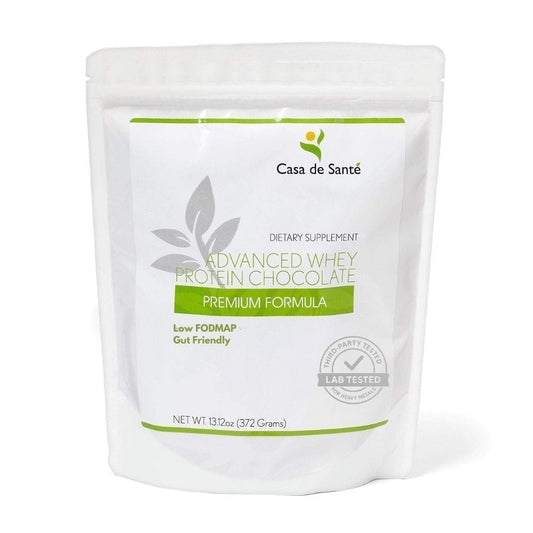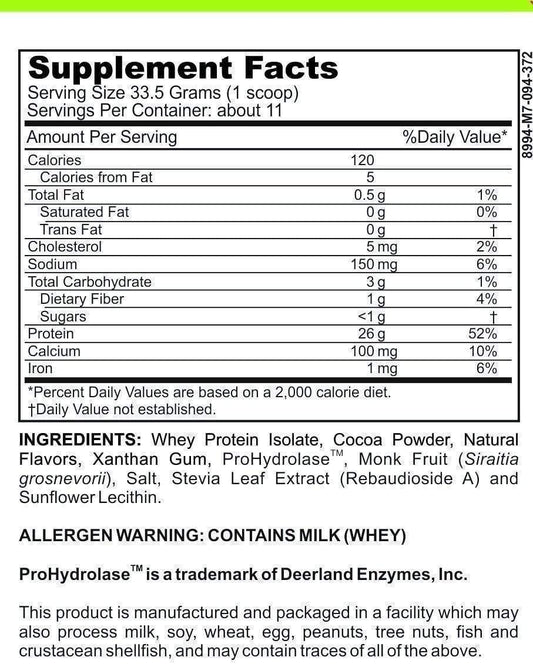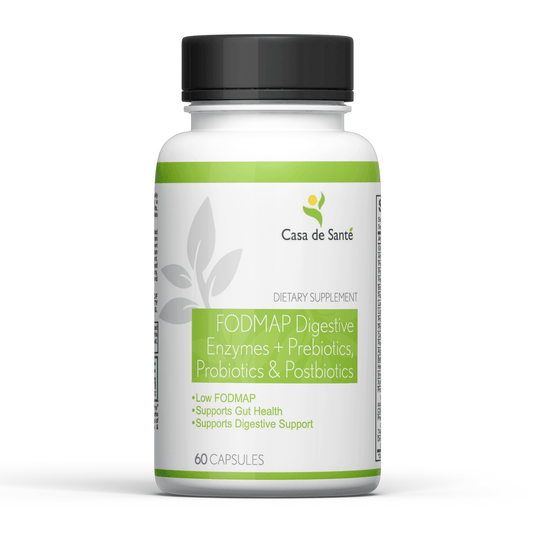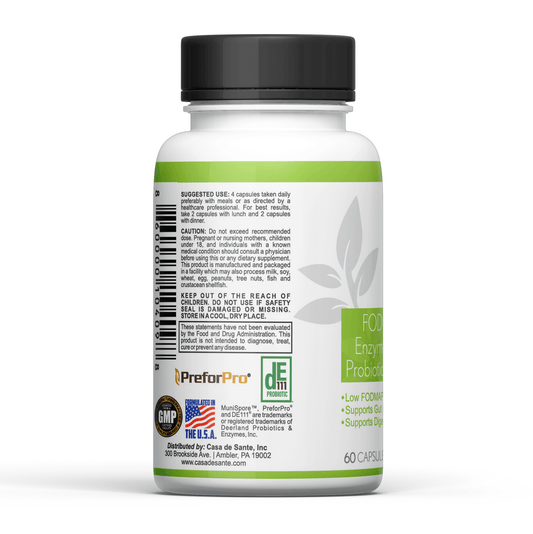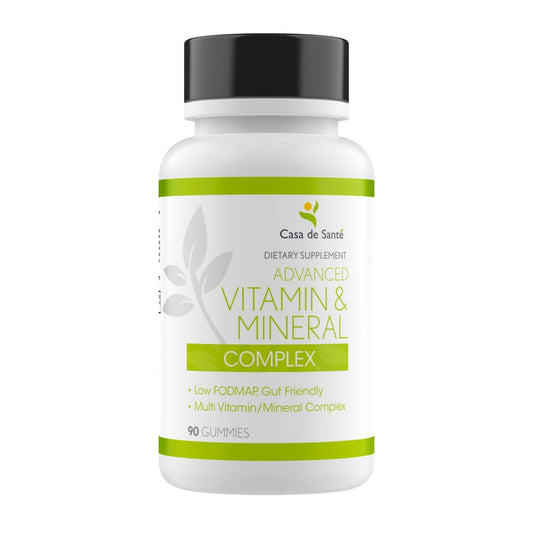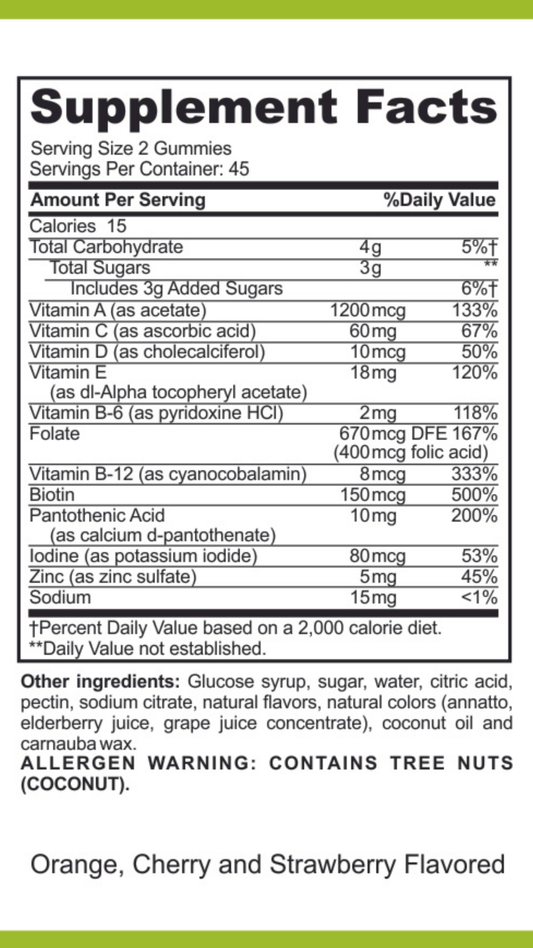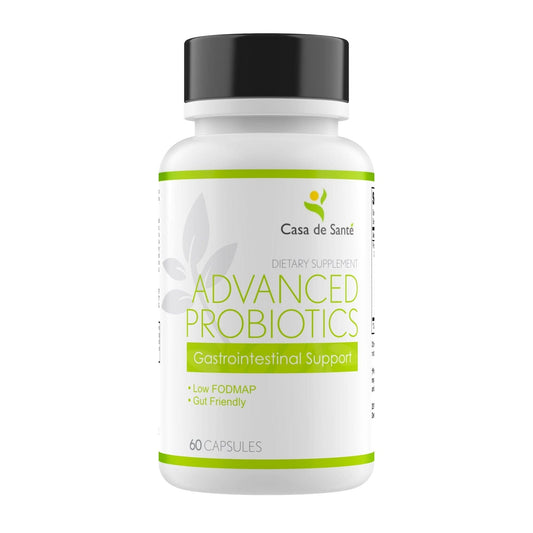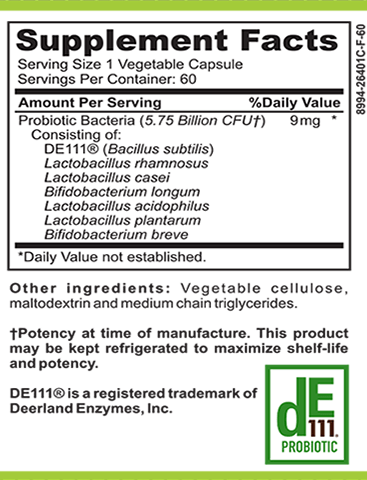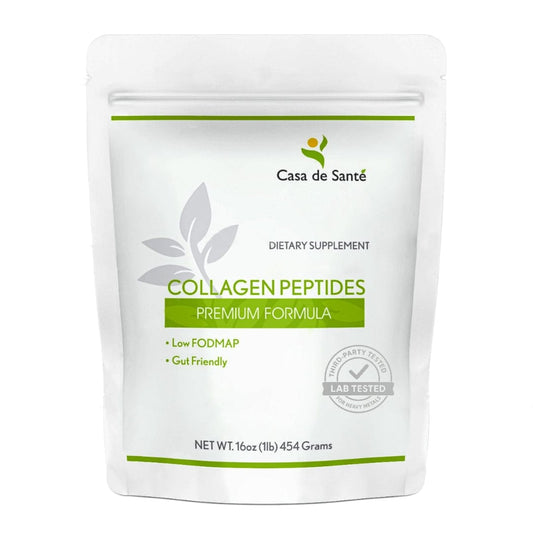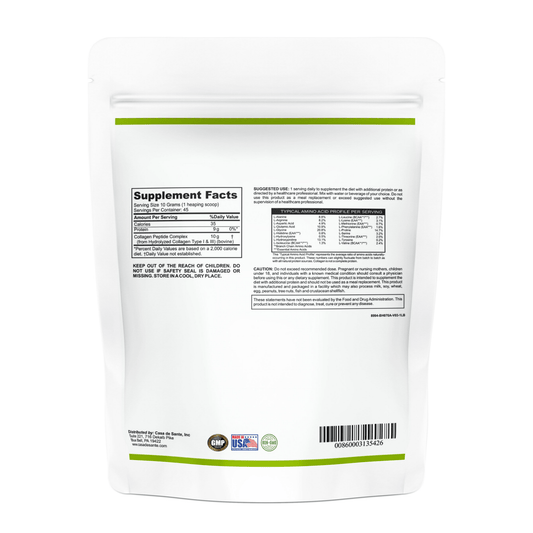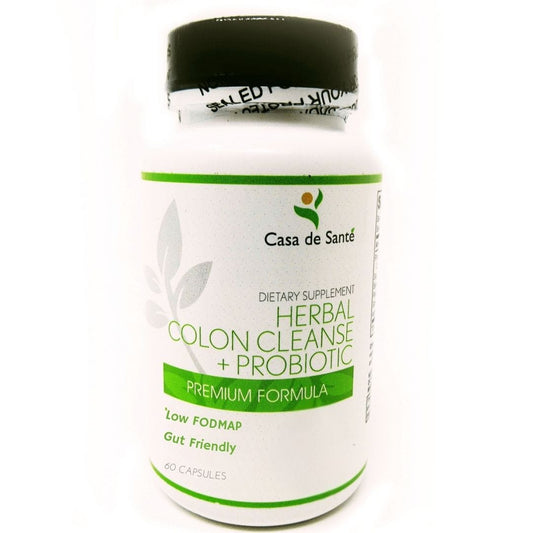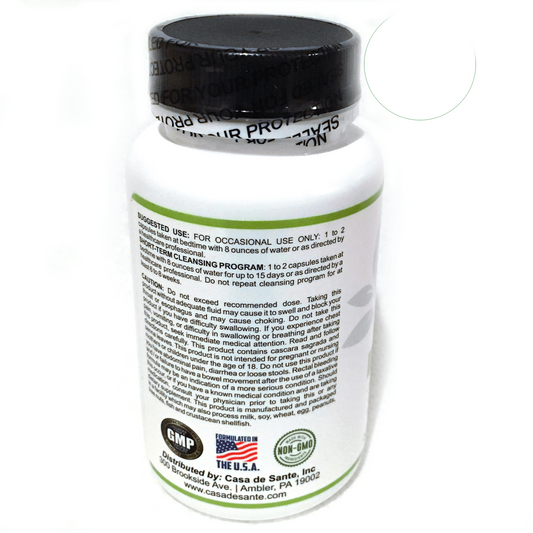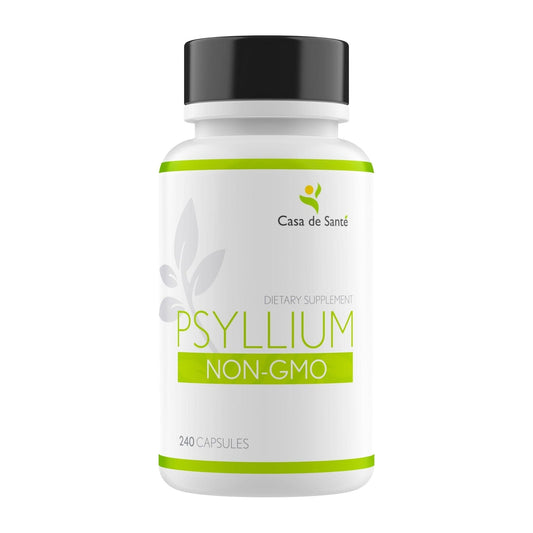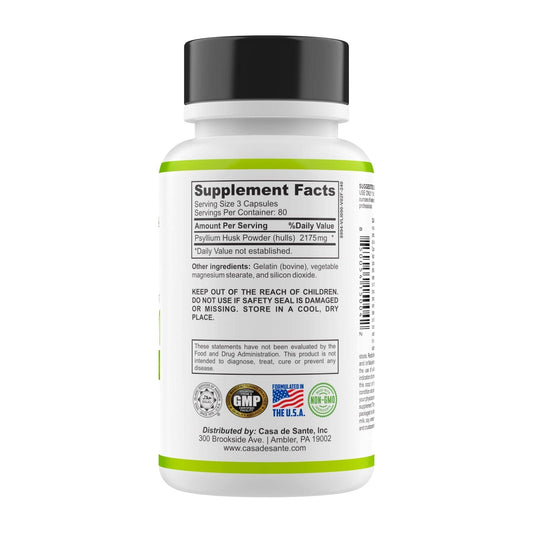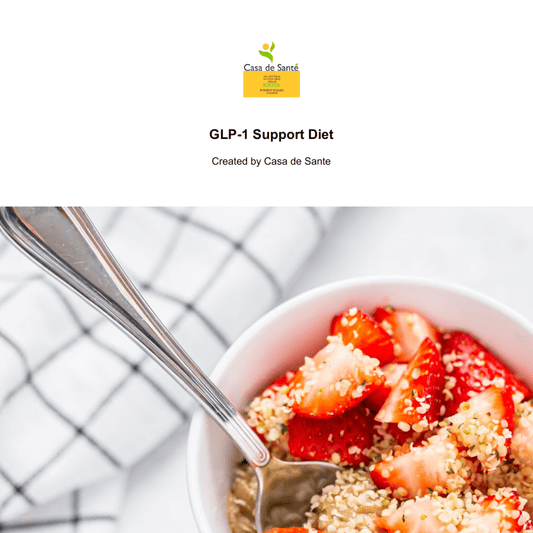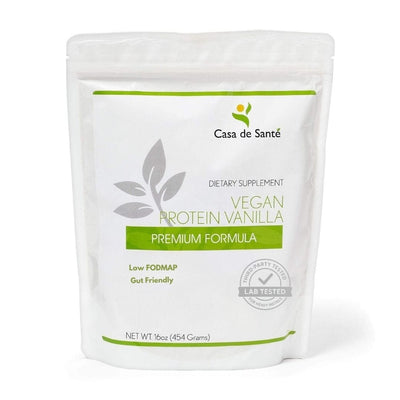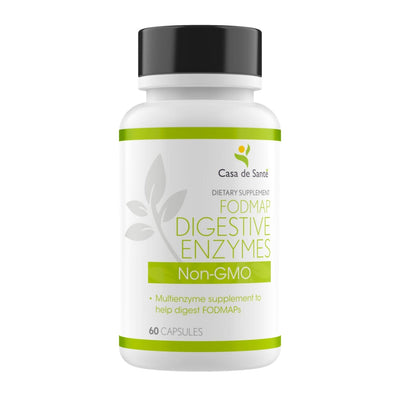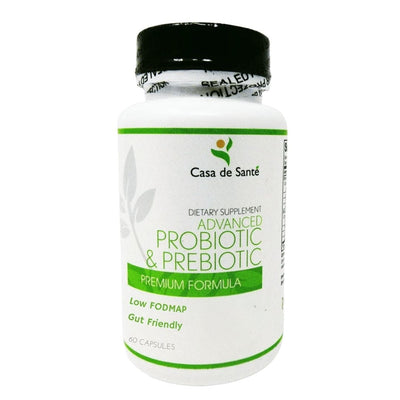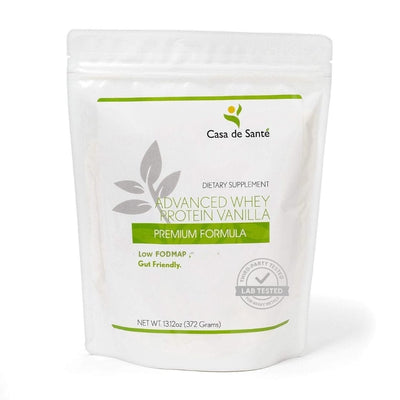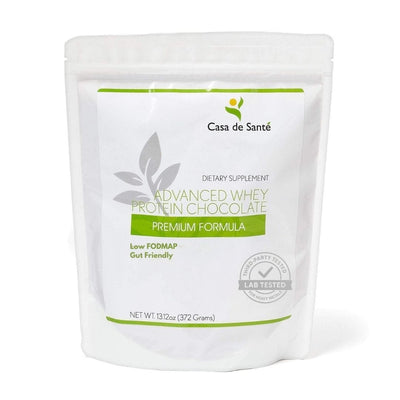Understanding How Much Sodium Manages POTS: A Comprehensive Guide
If you or someone you know is dealing with Postural Orthostatic Tachycardia Syndrome (POTS), understanding how sodium intake can help is crucial. POTS can cause a range of symptoms, like dizziness and fatigue, especially when standing. One way to manage these symptoms is through proper hydration and salt intake. This guide will break down the role of sodium in managing POTS and help you figure out how much sodium is right for you.
Key Takeaways
- POTS patients often need a higher sodium intake, typically between 3,000 to 10,000 mg per day.
- Hydration is key; aim for about 2-2.5 liters of fluids daily, including water and electrolyte drinks.
- Individual sodium needs can vary, so it's important to work with a healthcare provider for personalized advice.
- Electrolyte supplements can help, but choose those with sufficient sodium to meet your daily goals.
- Reading nutrition labels is essential to balance sodium intake with other nutrients in your diet.
The Role of Salt in POTS Management

One of the main ways to manage POTS is to keep your fluid volume and blood pressure stable. Sodium, a key electrolyte, is super important for controlling blood pressure and how your body balances fluids. People with POTS might feel better if they eat more salt, which can help with symptoms like low blood volume. Let's get into the details.
Understanding Sodium's Impact on Blood Pressure
Sodium helps your body hold onto water, which increases blood volume and, in turn, raises blood pressure. This is really important for people with POTS because many of them have low blood volume. When you stand up, your blood pressure can drop, making you feel dizzy or even faint. More sodium can help prevent this. Think of it like this: sodium is like a sponge, pulling water into your bloodstream and keeping things flowing smoothly. It's not a cure-all, but it's a big piece of the puzzle.
How Sodium Affects Fluid Retention
Sodium's main job is to regulate fluid balance in your body. It works with your kidneys to control how much water is kept in your bloodstream and how much is peed out. For POTS patients, this is extra important because they often struggle with hypovolemia, or low blood volume. When you don't have enough sodium, your body can't hold onto water as well, which makes POTS symptoms worse. It's a balancing act, but getting enough sodium can make a real difference in how you feel day to day.
The Importance of Individualized Salt Intake
What works for one person with POTS might not work for another. Some people might need a lot of sodium, while others need less. It really depends on your specific symptoms, blood pressure, and how your body reacts. The Cleveland Clinic suggests that people with POTS have about 3,000-10,000 milligrams of sodium per day. It’s important to work with your doctor to figure out the right amount for you. Don't just start chugging salt water without talking to a healthcare provider first. They can help you find the sweet spot and avoid any potential problems.
Finding the right sodium intake is a personal journey. It's not about following a one-size-fits-all rule, but about understanding your body's unique needs and working with healthcare professionals to create a plan that works for you. Keep track of your symptoms and how you feel when you adjust your sodium intake. This will help you and your doctor fine-tune your plan over time.
Recommended Sodium Intake for POTS Patients

Daily Sodium Goals for POTS
Okay, so how much sodium are we actually talking about? For people with POTS, the general recommendation is a pretty wide range: 3,000 to 10,000 mg of sodium per day. That's a huge difference from what's normally recommended for the average person. It's not a one-size-fits-all thing, and finding your sweet spot is key. Think of it as a science experiment with your own body as the lab!
- Start on the lower end of the range.
- Increase gradually, monitoring your symptoms.
- Keep a detailed log of your intake and how you feel.
Factors Influencing Sodium Needs
Several things can change how much sodium you need. For example:
- Activity Level: If you're sweating a lot, you'll need more.
- Climate: Hot weather means more sodium loss through sweat.
- Diet: What else are you eating? Some foods naturally contain more sodium.
- Severity of POTS: Everyone experiences POTS differently; some need more sodium to manage symptoms.
Consulting with Healthcare Providers
This is super important: don't just start chugging salt without talking to your doctor. Seriously. They can help you figure out the right amount for you and make sure you're not overdoing it. They can also rule out other things that might be causing your symptoms.
Getting professional advice is the best way to manage POTS. Your doctor can help you create a plan that works for your specific needs and health conditions. They can also monitor your progress and make adjustments as needed.
Hydration Strategies for Managing POTS
Importance of Fluid Intake
Staying properly hydrated is super important when you're dealing with POTS. People with POTS often have lower blood volume, and that can make symptoms worse. Think of it like this: your body needs enough fluid to keep everything running smoothly. When you don't have enough, your heart has to work harder, and that's when you start feeling dizzy, tired, and all those other not-so-fun POTS symptoms. So, drinking enough water is a simple way to help manage those symptoms and keep your blood pressure more stable. It's not a cure-all, but it's a foundational piece of the puzzle.
Recommended Types of Fluids
Okay, so you know you need to drink more, but what should you be drinking? Water is always a good choice, of course. But sometimes, water alone isn't enough, especially if you're sweating a lot or it's really hot outside. That's where other fluids can come in handy. Some people find that sports drinks help because they contain electrolytes, which can help your body hold onto the fluid better. Others like adding a bit of salt to their water or drinking broth. The key is to find what works best for you and what you can tolerate. Just be mindful of sugary drinks, as those can sometimes make symptoms worse for some people. Here's a quick rundown:
- Water: Always a good base.
- Sports drinks: Can help with electrolytes.
- Broth: A good source of sodium.
- Electrolyte solutions: Specifically designed for hydration.
Signs of Dehydration in POTS
Knowing when you're getting dehydrated is key, especially with POTS. It's easy to brush off some of the early signs, but catching dehydration early can make a big difference in how you feel. Some common signs include:
- Feeling extra thirsty
- Having a dry mouth
- Feeling dizzy or lightheaded electrolyte drinks
- Having dark urine
- Feeling more tired than usual
If you start noticing these signs, it's a good idea to up your fluid intake right away. Don't wait until you're feeling really bad to start hydrating. Keeping a water bottle with you and sipping on it throughout the day can help you stay ahead of dehydration. Also, pay attention to how your body feels and adjust your fluid intake accordingly. Everyone's different, so what works for one person might not work for another.
Electrolyte Supplements for POTS
Choosing the Right Electrolyte Supplement
Okay, so you're thinking about electrolyte supplements. Good move! But with a million options, how do you pick? First, check the sodium content. You want something that'll actually make a difference, so aim for at least 500mg of sodium per serving. Also, think about sugar. If you're not eating much or are super dehydrated, a little sugar can help with absorption. Otherwise, maybe go for a sugar-free option.
Here's a quick checklist:
- Sodium content (at least 500mg per serving)
- Sugar content (consider your needs)
- Other minerals (like magnesium)
- Cost (can you afford to take it daily?)
Popular Electrolyte Products
Let's talk brands. You've probably heard of LMNT and Liquid I.V. LMNT is great because it packs a ton of sodium (1000mg!) and has no sugar. Liquid I.V. has a decent amount of sodium (500mg) but also has a good bit of sugar. Some people don't love the taste of Liquid I.V., though, because it can be pretty sweet. Buoy is another option, but it only has 50mg of sodium per serving, so it might not be strong enough for POTS management. Everyone's different, so what works for your friend might not work for you.
DIY Electrolyte Solutions
Don't want to spend a ton of money on fancy supplements? No problem! You can totally make your own electrolyte drink at home. It's cheap and easy. All you need is salt, potassium chloride (you can find this at some grocery stores or online), and some flavoring.
Here's a basic recipe: Mix 1/2 teaspoon of salt, a pinch of potassium chloride, and a squeeze of lemon or lime into 16-20 ounces of water. Add a teaspoon or two of sugar if you want. This is a super affordable way to get your electrolytes, and you can adjust the recipe to fit your taste.
Here's a simple recipe:
- 1/2 teaspoon of salt (about 1,150mg sodium)
- A tiny pinch of potassium chloride
- Optional: 1-2 teaspoons of sugar
- Optional: Lemon or lime juice for flavor
Understanding Electrolyte Balance
The Role of Electrolytes in Fluid Balance
Electrolytes are minerals that carry an electrical charge when dissolved in fluids, like blood. They're super important for maintaining fluid balance, nerve function, and muscle contractions. Think of them as the conductors that keep everything running smoothly. Sodium, potassium, magnesium, and calcium are some of the big players. They help regulate how much water is inside and outside your cells. It's a delicate balancing act, and when things go off-kilter, you can really feel it.
How Electrolytes Help Manage Symptoms
For those dealing with POTS, electrolytes can be a game-changer. They help your body hold onto water, which increases blood volume. This is key because many POTS patients struggle with low blood volume. When you have enough fluid, your heart doesn't have to work as hard to pump blood, which can ease symptoms like dizziness and that awful racing heart. It's not a cure-all, but it can definitely make a difference. Some people find that increasing their daily sodium goals really helps them manage their symptoms.
Common Electrolyte Deficiencies in POTS
With POTS, it's not uncommon to have electrolyte imbalances. Sodium is a big one, since many people with POTS need more than the average person. Potassium and magnesium deficiencies can also pop up. These deficiencies can worsen POTS symptoms, leading to increased fatigue, muscle cramps, and even more dizziness. It's a good idea to keep an eye on your levels and talk to your doctor about whether you need supplements. Sometimes, just tweaking your diet or adding a simple electrolyte drink can make a world of difference.
It's important to remember that everyone's body is different. What works for one person with POTS might not work for another. Pay attention to how you feel and adjust your electrolyte intake accordingly. Keeping a symptom journal can be really helpful in figuring out what your body needs.
Dietary Sources of Sodium
High-Sodium Foods to Include
When you're trying to increase your sodium intake to manage POTS, it's helpful to know which foods pack the biggest punch. It's not just about grabbing the salt shaker! Think about incorporating things like broth-based soups, which are naturally high in sodium and easy to digest. Canned vegetables can also be a quick and convenient option, but be mindful of the sodium content and rinse them if needed. Processed meats like bacon, sausage, and ham are also high in sodium, but should be consumed in moderation due to other health concerns. And don't forget about snacks like salted nuts, pretzels, and crackers, which can be easy ways to get a sodium boost throughout the day. Remember to check labels, though, because sodium levels can vary a lot between different brands. For those managing dysautonomia on a budget, using table salt in water is an affordable and effective solution.
Reading Nutrition Labels
Okay, so you're standing in the grocery store, staring at a nutrition label. What do you look for? First, pay attention to the serving size, because that's what all the numbers are based on. Then, find the line that says "Sodium." It'll tell you how many milligrams (mg) of sodium are in one serving. The % Daily Value (%DV) tells you how much that serving contributes to the total recommended daily intake of sodium (which is based on a 2,000 calorie diet, so it might not be accurate for you). Remember, people with POTS often need significantly more sodium than the average person. Also, watch out for sneaky sources of sodium, like sauces, dressings, and seasonings. They can really add up without you realizing it. Being a label detective is key to managing your sodium intake effectively.
Balancing Sodium with Other Nutrients
It's not just about sodium, sodium, sodium! You need to think about the bigger picture of your diet. While increasing sodium is important for POTS, it's also crucial to maintain a balanced intake of other nutrients. Make sure you're getting enough potassium, magnesium, and calcium, as these electrolytes work together to regulate fluid balance and nerve function. A POTS diet should include potassium-rich foods like bananas. Also, don't forget about the importance of hydration. Drinking enough water is essential for helping your body use the sodium you're consuming. And finally, try to focus on whole, unprocessed foods as much as possible, as they tend to be lower in sodium and higher in other beneficial nutrients.
It's important to remember that everyone's needs are different, so what works for one person with POTS might not work for another. It's always a good idea to work with a healthcare professional or registered dietitian to develop a personalized dietary plan that meets your specific needs and helps you manage your symptoms effectively.
Monitoring Sodium Intake Effectively
Tracking Sodium Consumption
Keeping tabs on your sodium intake is super important when you're dealing with POTS. It's not just about knowing how much you're getting, but also when and from where. Start by reading nutrition labels religiously. You'd be surprised how much sodium is hiding in everyday foods like bread, sauces, and even some cereals.
- Keep a food diary: Write down everything you eat and drink, noting the sodium content.
- Use measuring tools: Actually measure your portions to get accurate sodium counts.
- Be mindful of restaurant meals: Restaurant food is often loaded with sodium, so ask about sodium content or choose lower-sodium options.
Adjusting Intake Based on Symptoms
The goal isn't just to hit a specific number, but to find the sodium level that makes you feel your best. Pay close attention to how your body responds to different sodium levels. Are you feeling less dizzy? Is your heart rate more stable? Are you experiencing any negative side effects like bloating or increased thirst?
It's a bit of a balancing act. Too little sodium, and your POTS symptoms might flare up. Too much, and you could experience fluid retention and other issues. Keep a log of your symptoms alongside your sodium intake to identify patterns and fine-tune your approach. Remember to consult with your healthcare provider before making any significant changes to your diet.
Using Apps and Tools for Monitoring
Luckily, we live in the age of technology, and there are tons of apps and tools that can make tracking sodium intake a whole lot easier. Apps like MyFitnessPal, Lose It!, and Cronometer have extensive food databases with detailed nutrition information, including sodium content. You can also find apps specifically designed for tracking electrolytes. These tools can help you:
- Log your meals quickly and easily.
- Calculate your total daily sodium intake automatically.
- Set sodium goals and track your progress.
- Identify high-sodium foods in your diet.
For those managing dysautonomia on a budget, using table salt in water is an affordable and effective solution.
Wrapping It Up
In summary, managing POTS often means paying close attention to sodium intake. For many, upping salt consumption can really help with symptoms. The general guideline is around 3,000 to 10,000 mg of sodium daily, but it’s key to find what works for you. Everyone's different, so working with a healthcare provider is a must. Also, don’t forget about hydration—drinking enough fluids is just as important. Whether it’s through electrolyte drinks or just adding more salt to your meals, these steps can make a big difference. If you or someone you know is dealing with POTS, remember, you’re not alone. There are resources and communities out there to help you navigate this condition.
Frequently Asked Questions
What is POTS and how does it affect the body?
POTS stands for Postural Orthostatic Tachycardia Syndrome. It's a condition that affects how your body controls blood flow and blood pressure, especially when you stand up. People with POTS often feel dizzy, tired, or even faint when they change positions.
How much sodium should someone with POTS consume daily?
People with POTS are often advised to eat between 3,000 to 10,000 milligrams of sodium each day. This can help increase blood volume and improve symptoms.
Why is sodium important for people with POTS?
Sodium helps the body hold onto water, which is important for increasing blood volume. This can help reduce symptoms like dizziness and fatigue that come from low blood pressure.
What are some good sources of sodium for POTS patients?
Foods like table salt, pickles, olives, and canned soups are high in sodium. You can also find electrolyte drinks that contain added sodium.
How can I tell if I’m dehydrated?
Signs of dehydration include feeling very thirsty, having a dry mouth, dark yellow urine, or feeling dizzy. If you notice these symptoms, it’s important to drink more fluids.
Should I consult a doctor about my sodium intake?
Yes, it's a good idea to talk to your doctor or a dietitian about how much sodium you should eat. They can help you find the right amount based on your symptoms and health needs.

